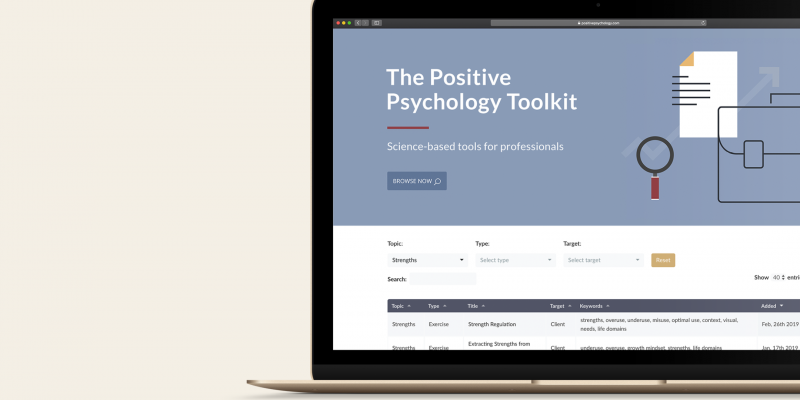Cognitive distortions are irrational thoughts or beliefs that distort the way we perceive reality. They are common in individuals with mental health disorders such as anxiety and depression, but can also affect anyone at some point in their lives. Recognizing and challenging cognitive distortions is essential for improving mental health and well-being.
There are many different types of cognitive distortions, and they can manifest in various ways. Below are 22 examples of common cognitive distortions:
1. All-or-nothing thinking: Seeing things in black and white terms without considering the gray areas or nuances.
2. Overgeneralization: Making broad, sweeping conclusions based on a single event or piece of evidence.
3. Mental filtering: Focusing only on the negative aspects of a situation while ignoring the positive.
4. Disqualifying the positive: Discounting or dismissing positive experiences or feedback.
5. Jumping to conclusions: Making assumptions about others’ thoughts or intentions without any evidence.
6. Catastrophizing: Exaggerating the likelihood or severity of a negative outcome.
7. Emotional reasoning: Believing that your emotions are a reflection of reality.
8. Should statements: Using words like “should,” “must,” or “ought to” to impose unrealistic expectations on yourself or others.
9. Labeling: Attaching negative labels to yourself or others based on behavior or past mistakes.
10. Personalization: Taking responsibility for things that are outside of your control.
11. Blaming: Holding others responsible for your problems or difficulties.
12. Control fallacies: Believing that you have complete control over events or outcomes, or feeling completely powerless.
13. Fallacy of fairness: Believing that life should be fair, and becoming resentful when it isn’t.
14. Heaven’s reward fallacy: Believing that your suffering will eventually be rewarded in the future.
15. Mind reading: Assuming that you know what others are thinking or feeling without actually asking them.
16. Fortune-telling: Predicting negative outcomes without any evidence to support your claims.
17. Magnification and minimization: Exaggerating the importance of negative events and minimizing the significance of positive events.
18. Inappropriate emotional reasoning: Letting your emotions dictate your beliefs or decisions.
19. Selective attention: Paying attention only to information that confirms your existing beliefs, while ignoring conflicting evidence.
20. Dichotomous thinking: Seeing situations as either perfect or a complete failure, with no middle ground.
21. Comparing yourself to others: Measuring your worth based on how you stack up against others.
22. False consensus effect: Assuming that everyone else thinks or feels the same way you do.
Cognitive distortions can have a significant impact on our mental health and well-being. It’s important to challenge these distortions by examining the evidence and considering alternative perspectives. One way to do this is through cognitive behavioral therapy (CBT), which helps individuals identify and challenge negative thought patterns.
If you are struggling with cognitive distortions, consider working with a therapist or counselor who can help you develop strategies to challenge and overcome these irrational beliefs. Additionally, there are many worksheets and resources available online that can help you identify and address cognitive distortions.
Understanding and challenging cognitive distortions is an essential step in improving mental health and well-being. By recognizing and reframing these negative thought patterns, you can create a more balanced and realistic perspective on yourself and the world around you.



